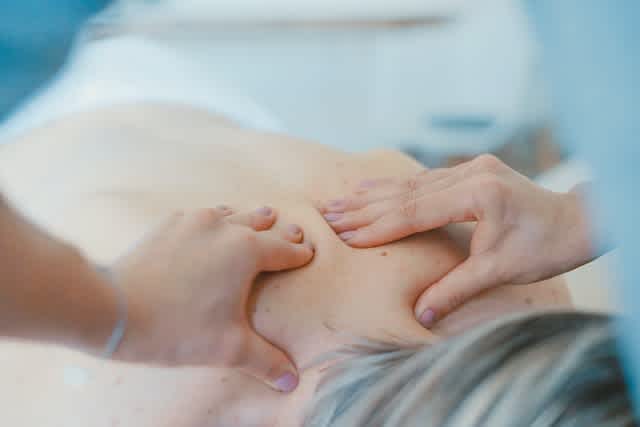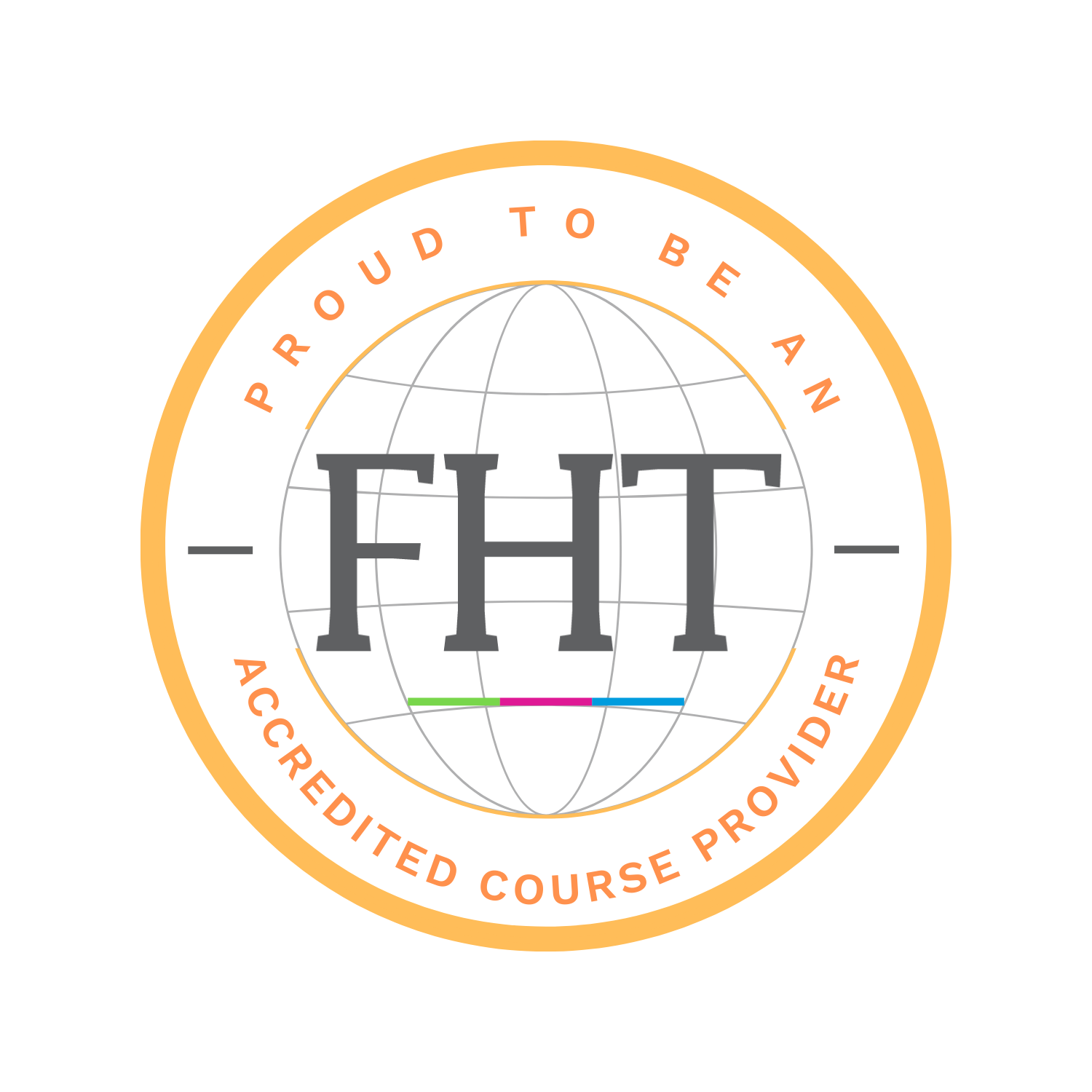Frequently asked questions
Learning acupuncture and dry needling as a massage therapist can offer several benefits:
Enhanced Skill Set: Acquiring knowledge in acupuncture and dry needling expands a massage therapist's skill set, allowing them to offer a broader range of therapies to their clients.
Pain Management: Acupuncture and dry needling are effective methods for managing pain. Massage therapists can use these techniques to complement their manual therapy, providing targeted pain relief for clients with musculoskeletal discomfort.
Muscle Relaxation: These techniques can help relax tense muscles, reduce muscle spasms, and improve muscle flexibility, which can enhance the overall effectiveness of massage therapy sessions.
Faster Recovery: Acupuncture and dry needling can expedite recovery, reduce pain and inflammation, and promote healing, which can be particularly beneficial for clients seeking post-injury or post-surgery rehabilitation.
Complementary Therapy: These techniques can complement traditional massage therapy, offering clients additional options for relaxation, pain relief, and overall well-being.
Stress Reduction: Acupuncture has a calming and stress-reducing effect, helping clients manage stress and anxiety during massage sessions, creating a more relaxing and enjoyable experience.
By incorporating acupuncture and dry needling into their practice, massage therapists can provide more versatile and holistic care to their clients, ultimately leading to improved client satisfaction and overall well-being.
Massage therapy and acupuncture can work harmoniously to provide a more comprehensive approach to client care. Both therapies excel in addressing pain and muscle-related issues. The integration of acupuncture into massage therapy sessions allows for targeted pain relief and relaxation, particularly for clients with musculoskeletal discomfort or chronic pain. It can help relax tense muscles, reduce muscle spasms, and improve muscle flexibility, preparing the body for a more effective massage therapy session. Furthermore, the combination promotes enhanced healing by improving blood circulation, which can be particularly valuable in post-injury or post-surgery recovery. This holistic approach emphasises the interconnectedness of the body and focuses on addressing not only physical symptoms but also emotional and psychological well-being, creating a more well-rounded client-centred care experience.
Additionally, the integration of acupuncture complements traditional massage therapy, offering clients additional options for relaxation, pain relief, and overall well-being. The calming and stress-reducing effect of acupuncture enhances the stress-relief benefits of massage therapy, contributing to a more serene and enjoyable client experience. This collaborative approach allows for more personalized care as clients' unique needs and conditions can be addressed with a customized treatment plan. Both acupuncture and massage therapy are non-invasive and drug-free therapies, providing natural and minimally discomforting options for pain management and relaxation. By combining these therapies, practitioners can create a synergistic treatment environment, addressing a wide range of musculoskeletal issues and ultimately promoting improved client outcomes and overall well-being.
It is becoming more common for massage therapists to incorporate acupuncture and dry needling into their treatment offerings. The integration of these complementary therapies is on the rise within the field of massage therapy. Many massage therapists are recognising the value of expanding their skill set to include acupuncture and dry needling, allowing them to provide a more diverse range of services to their clients, particularly for pain management, relaxation, and enhanced healing.
This increasing trend reflects the growing demand for holistic and integrative approaches to massage therapy. The combined use of acupuncture and dry needling alongside massage therapy provides a more comprehensive and effective approach to client care, ultimately leading to improved client outcomes and satisfaction. Clients seeking a more multifaceted and personalised approach to their well-being are increasingly benefiting from this collaborative and holistic approach offered by massage therapists.

